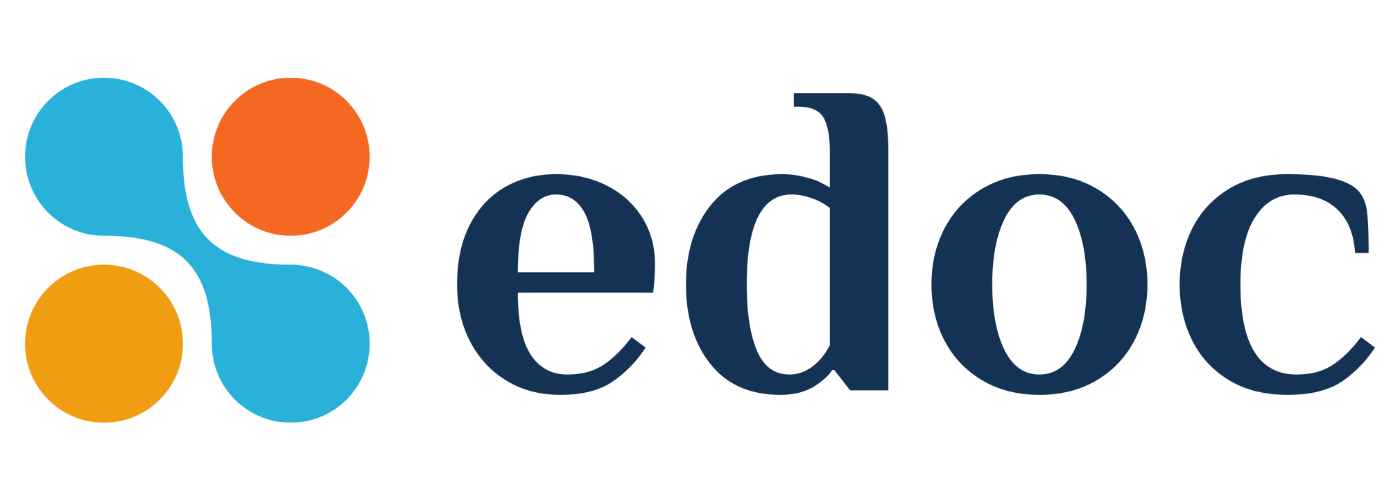In Your Comfort Zone?
I once worked for someone in a marketing role who had, several years prior, launched a hugely successful product marketing campaign. He often talked about the strategies that used to work for him on that campaign—a campaign that had taken his career to an entirely new level.
Over time, I observed that he tended to rely on strategies and ideas that worked previously for the business. The rationale behind those decisions was often that it had worked prior.
And it had worked prior. But was this way of thinking possibly promoting a false sense of security? Could it be holding back his ability to see the evolving marketplace?
We have seasons in our lives just as we have seasons in business.
There is a place in business to use lessons learned for discernment and decision making, but we also don’t want to be overly stuck in the past.
We also want to avoid becoming complacent. Just because something brought us success at one point, doesn’t mean it’s what we ought to rely on now.
Being “stuck” can present itself in a variety of ways. One business that will continue to be studied in business schools for years to come is Kodak. Kodak—with its infamous “Kodak moments”—presents an example of a company that didn’t adapt fast enough. Kodak couldn’t overcome its own biases, even though it arguably had years to do so. Perhaps Kodak also focused too much on marketing and branding, and company leaders didn’t think enough about customers and strategy.
Another example: the story of Lego. Despite former massive success for the iconic brand, around 2003, Lego’s business was greatly suffering. The company was reportedly near bankruptcy (2).
Lego saw that transformation was needed. For one, certain adjacent markets they were in were not profitable, and so they moved away from those. They looked to improve operations in a way that was more efficient but also more flexible to react to market trends. Additionally, Lego turned to the Lego community (parents, retailers, kids themselves, etc.) to be more customer-driven and innovative in offerings that complemented their core brand (1, 2, 3).
Despite their previous success, they knew they had to act in entirely new ways.
There are many more examples like these, and I’ve been thinking a lot about this in this new season for Edoc. The takeaway, for me, is about nurturing a culture that can help us avoid getting “stuck” in our thinking or ways of operating.
To that end, how are you embracing the present, but also looking to move beyond your comfort zone as a leader (and as a company)? How are you nurturing a culture that can be agile, evolve, and keep growing?
Sources
1. https://hbr.org/2009/09/innovating-a-turnaround-at-lego
2. https://mitsloan.mit.edu/ideas-made-to-matter/innovating-existing-markets-3-lessons-lego
3. https://www.strategyzer.com/library/legos-great-business-model-turnaround-story
